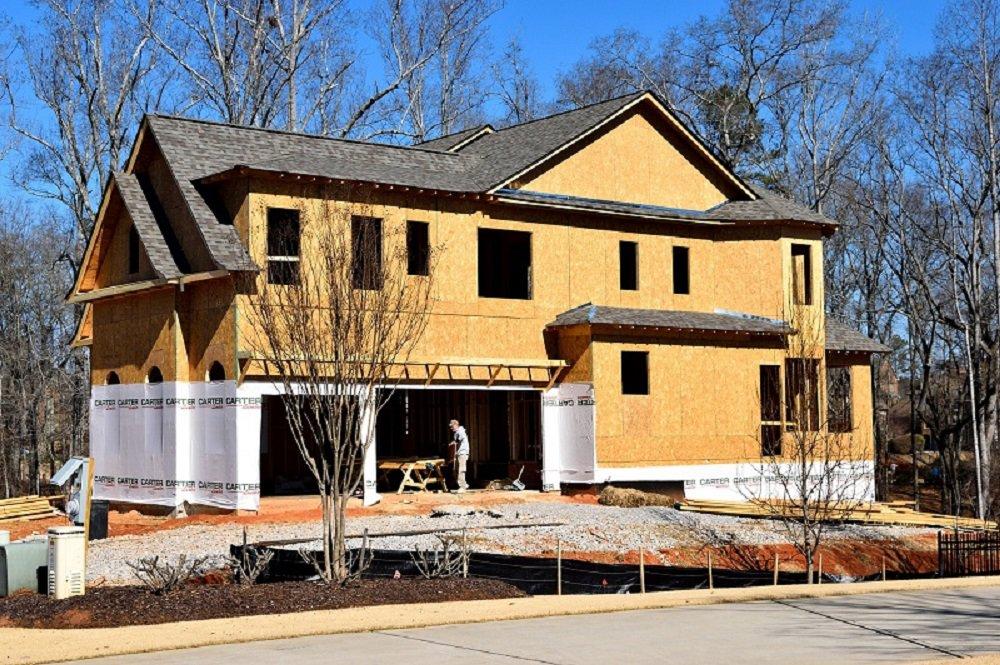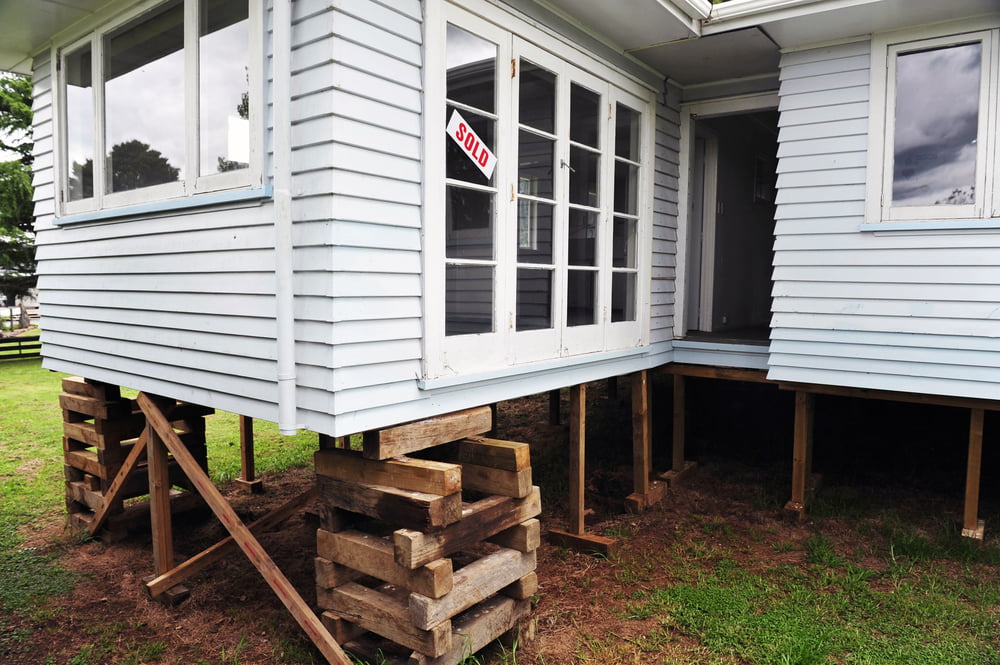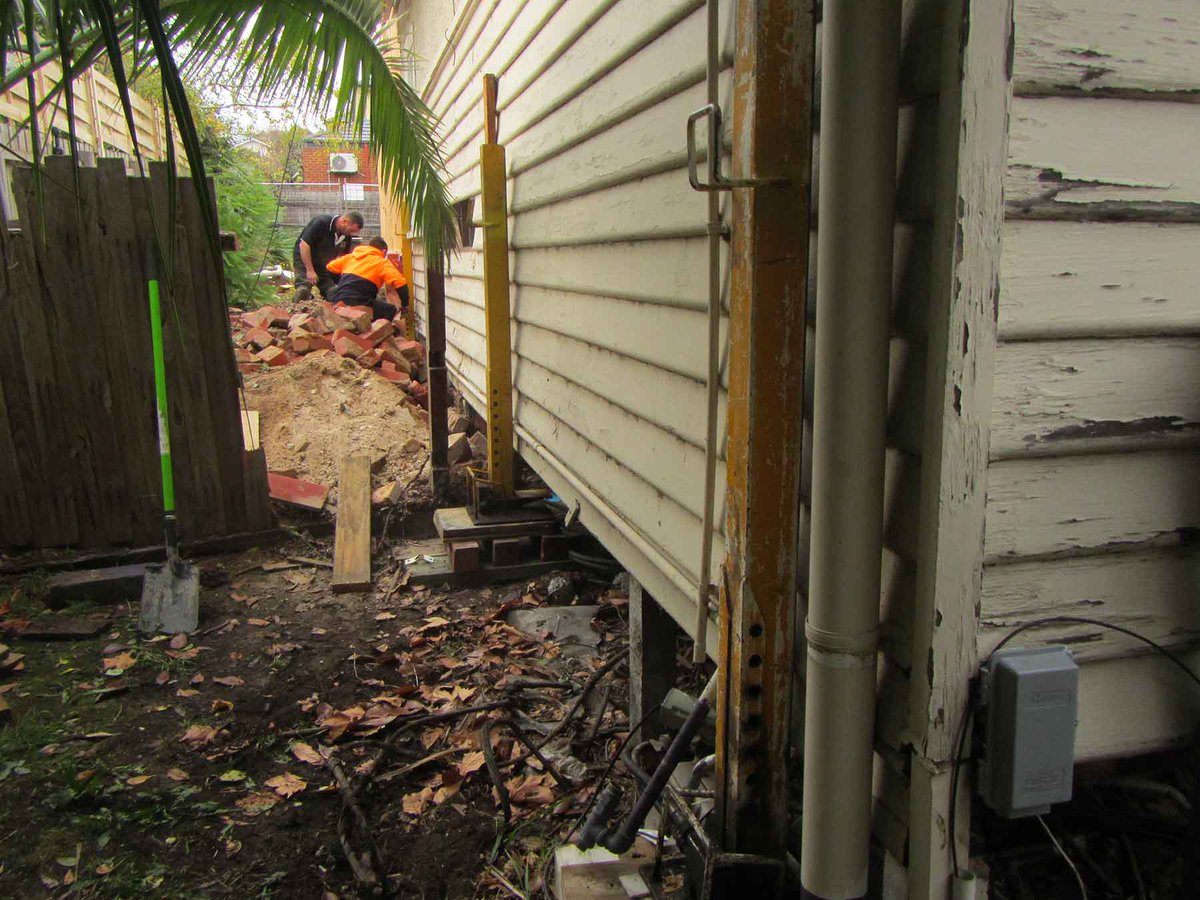
What is a house Restumping?
House Restumping, also known as reblocking, involves resetting or replacing, the stumps on a house that uses a stump subfloor. Restumping usually is necessary when the house stumps have settled as a result of soil movement, or when wooden stumps have rotted as a result of moisture in the soil. Restumping is also a wise move to restump an older home that will be undergoing significant renovations, due to the added strain on the structure of the house.
Restumping a house is a big undertaking, and if it's not handled correctly, it could be hazardous for you and your house. All houses are different and are built on the ground with varying conditions of the soil. For that reason, every house will display deterioration in different ways. If failed stumping is left untreated, though, the result is the same; partial or total collapse of the structure.
A house can be partially restumped if only certain areas need it, but there is always the risk that a few rotten stumps that were thought to be in good condition may collapse later on, requiring you to restump again. While wooden stumps may look beautiful, they may well be rotting under the ground. It's a big job to have to return to replace one or two stumps! You can check the condition of a wooden stump by digging down around 10cm next to the stump and scratching at the base. For more information please visit here cdanielsfoundations
If the wood gives quickly, it is a good indicator of damage and will likely need to be replaced before it starts to crumble and drop, no longer supporting the floor above it. You should also look out for high water marks where moisture has been absorbed deep into the wood. If more than 20-30% of the stumps are damaged, it's almost certainly best to get them all replaced. So, house restumping can be described as leveling of ground to make it stiff or strong to avoid any damage of the floor.